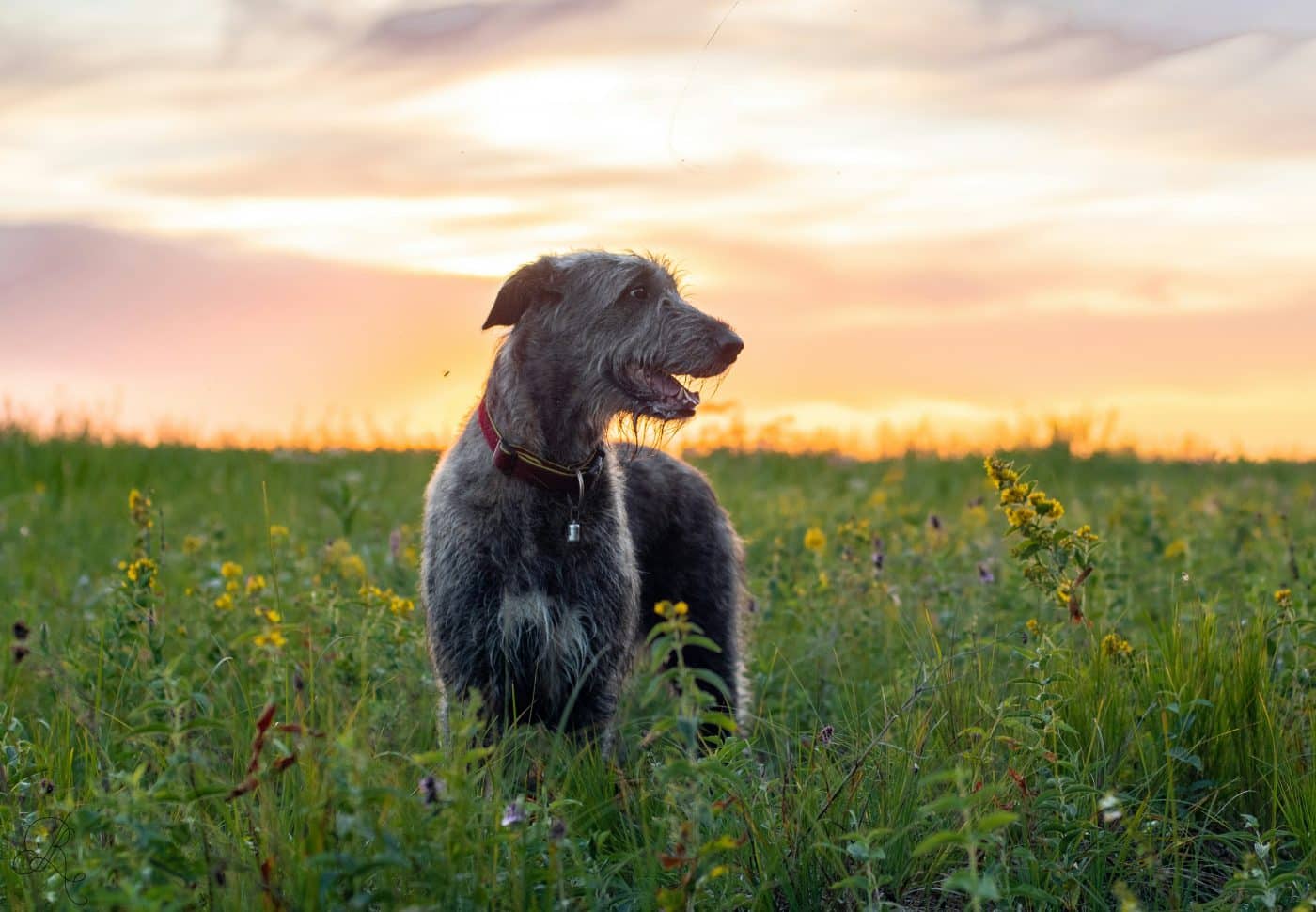 Shutterstock
Shutterstock
When we think of ancient Rome, we picture marble columns, togas, chariot races, and emperors yelling “Veni, vidi, vici!”—but rarely do we stop to think about the four-legged companions trotting alongside those sandaled feet. Yet dogs played an important role in Roman life. They guarded estates, accompanied soldiers, performed in arenas, and even warmed the feet of aristocrats during cold Roman nights. Many of these dogs were so beloved and useful that their bloodlines have survived thousands of years—and are still around today, tail-wagging like nothing’s changed.
Greyhound
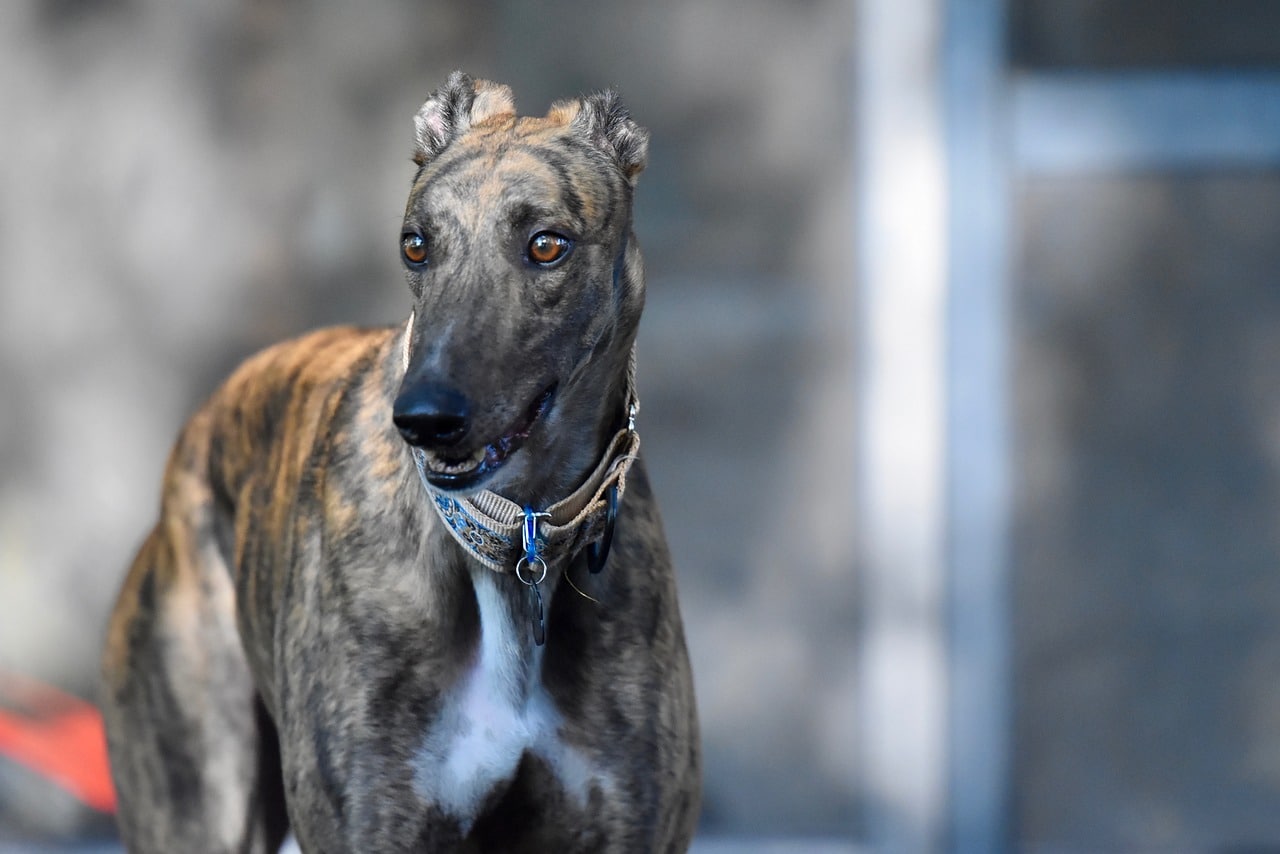 Shutterstock
Shutterstock
The sleek, elegant Greyhound was a favorite among Roman nobles for hunting and companionship. Known for their incredible speed and grace, they were often depicted in Roman mosaics and sculptures. Greyhounds were prized for coursing game like hares and deer, making them both fashionable and functional. Their calm demeanor made them perfect palace companions as well. Today, they still carry themselves like they own a villa.
Mastiff
 Shutterstock
Shutterstock
Ancient Romans were big fans of the Mastiff for one very good reason: intimidation. These massive dogs were used in war, guarding, and even arena battles. Romans admired their power and used them to guard estates and accompany legions. Today’s Mastiffs may prefer couches to combat, but they’ve retained that imposing presence and protective instinct. Just imagine your couch potato Mastiff in gladiator armor—it kind of fits.
Saluki
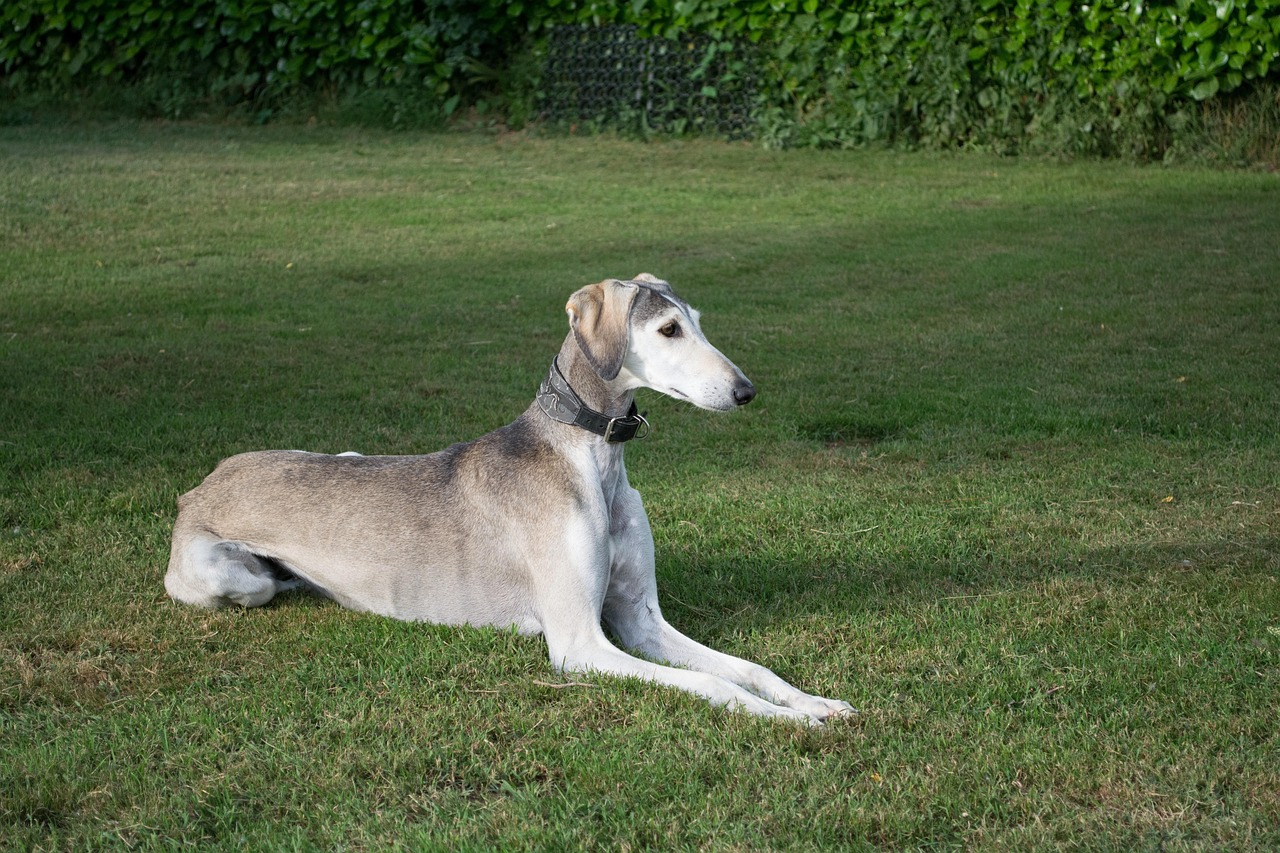 Shutterstock
Shutterstock
Regarded as one of the oldest dog breeds in the world, the Saluki made its way from the Middle East to Roman households, where its refined elegance was quickly appreciated. Known for speed and stamina, Salukis were often used by wealthy Romans to hunt game across expansive estates. Their quiet, graceful personalities made them popular with the aristocracy. Still every bit the elegant athlete, modern Salukis seem like they’ve never left the runway—or the empire.
Lhasa Apso
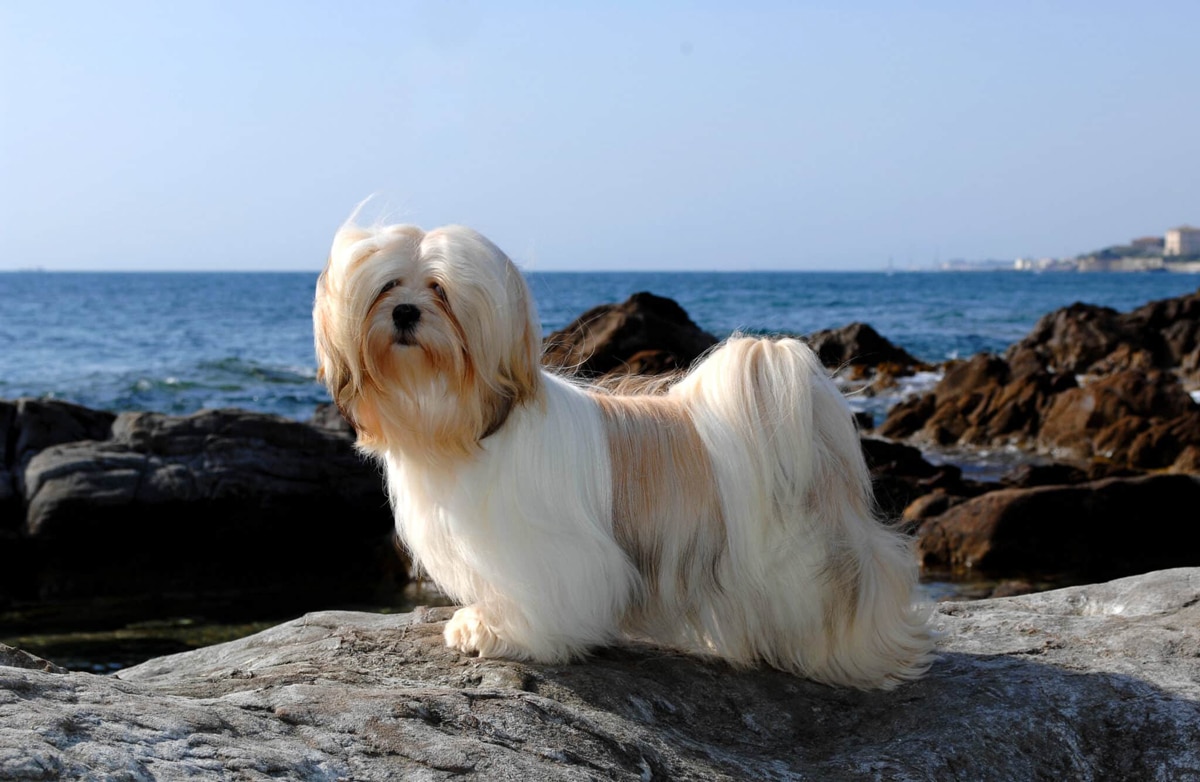 Shutterstock
Shutterstock
Though Tibetan in origin, the Lhasa Apso’s presence in ancient trade routes means they likely rubbed paws with Roman merchants and nobles. Romans appreciated the breed’s alert nature and plush appearance, often keeping them in homes and temples. Their keen hearing and suspicious attitude made them excellent indoor guardians—small but mighty. Today’s Lhasa Apsos are still aristocrats at heart, giving off big “I demand olives on a silver tray” energy.
Maltese
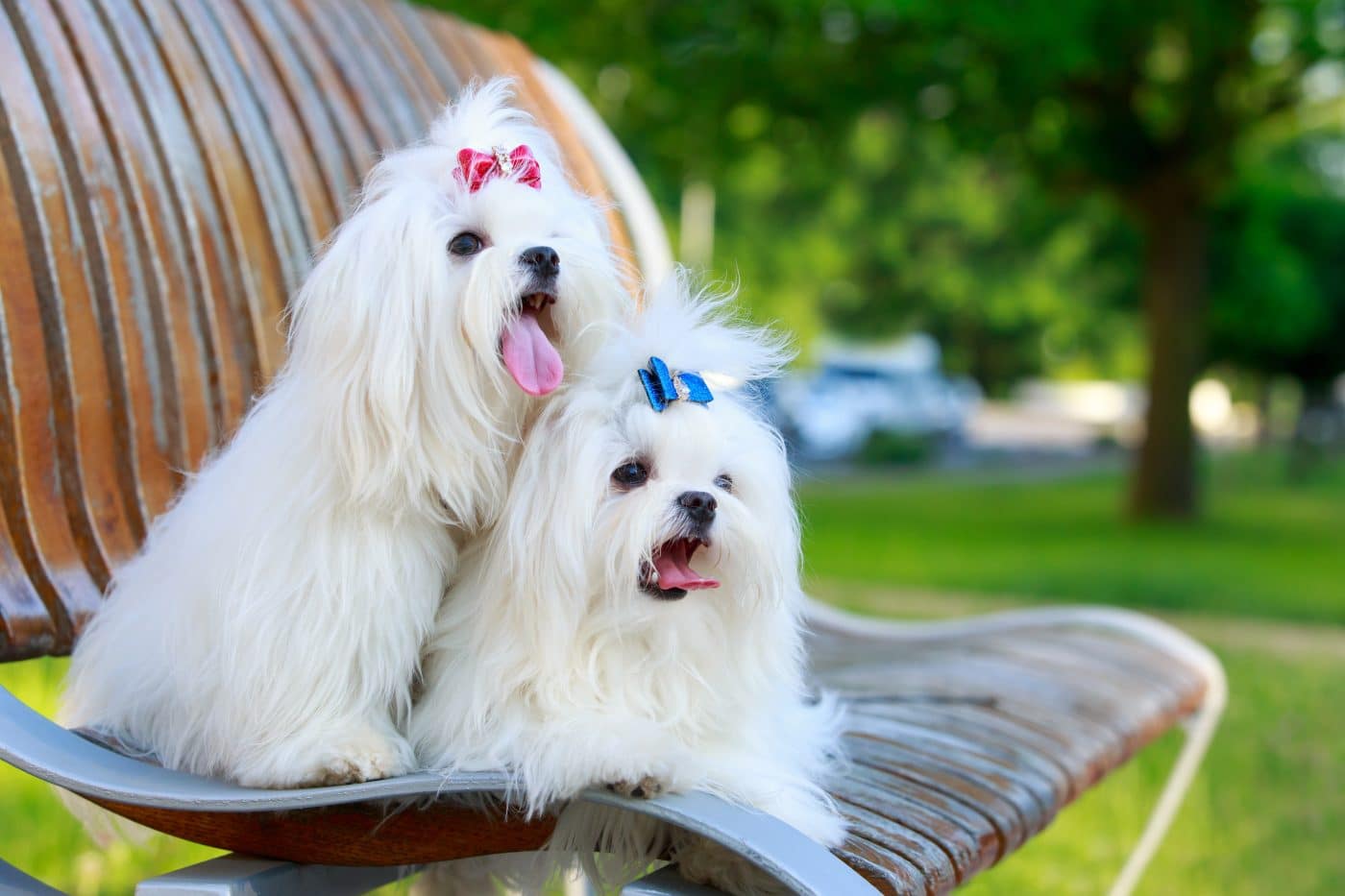 Shutterstock
Shutterstock
The Maltese is the supermodel of Roman lapdogs. Beloved by Roman matrons, these tiny white fluffballs were considered symbols of elegance and wealth. They were so adored, they even appeared in poetry and Roman frescoes as cherished companions. Romans pampered them like little emperors in their own right. Today’s Maltese still strut around with the same imperial entitlement.
Cane Corso
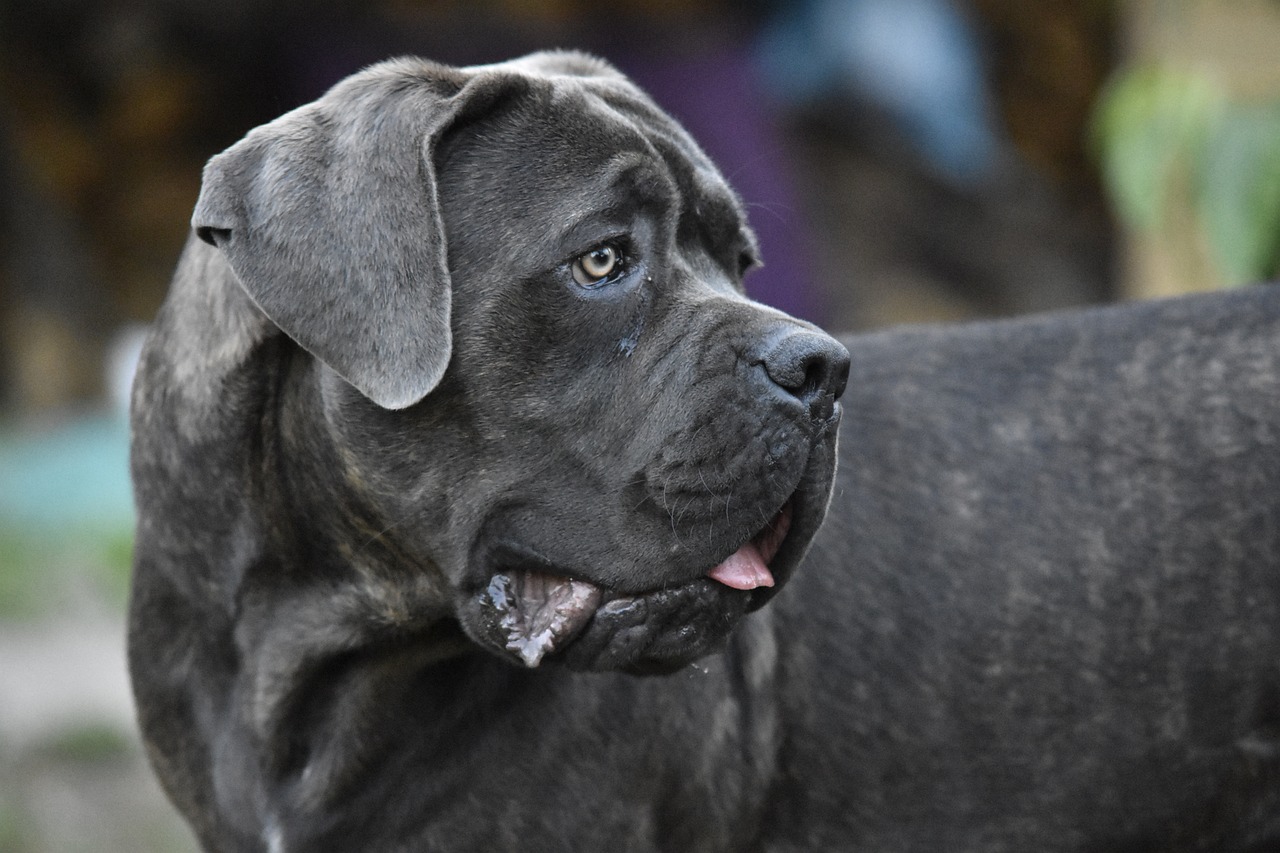 Shutterstock
Shutterstock
Straight outta Rome, the Cane Corso is a direct descendant of Roman war dogs, used to charge into battle and guard property. These muscular guardians were prized for their loyalty and ferocity in protecting both soldiers and estates. They worked on farms and in hunting expeditions after the fall of the empire. Today’s Cane Corsos are still fearless, loyal, and slightly disappointed that we won’t let them wear a helmet and chase invaders.
Pekingese
 Shutterstock
Shutterstock
Trade between ancient China and Rome wasn’t just about silk—it also brought over some tiny royalty in fur coats. The Pekingese, though bred in imperial China, found fans among Roman elites for their exotic looks and noble bearing. These fluffy dogs became a symbol of luxury and were treated like royalty in Roman villas. Pekingese today have lost none of that royal swagger—they still expect footstools and fan service.
Akita
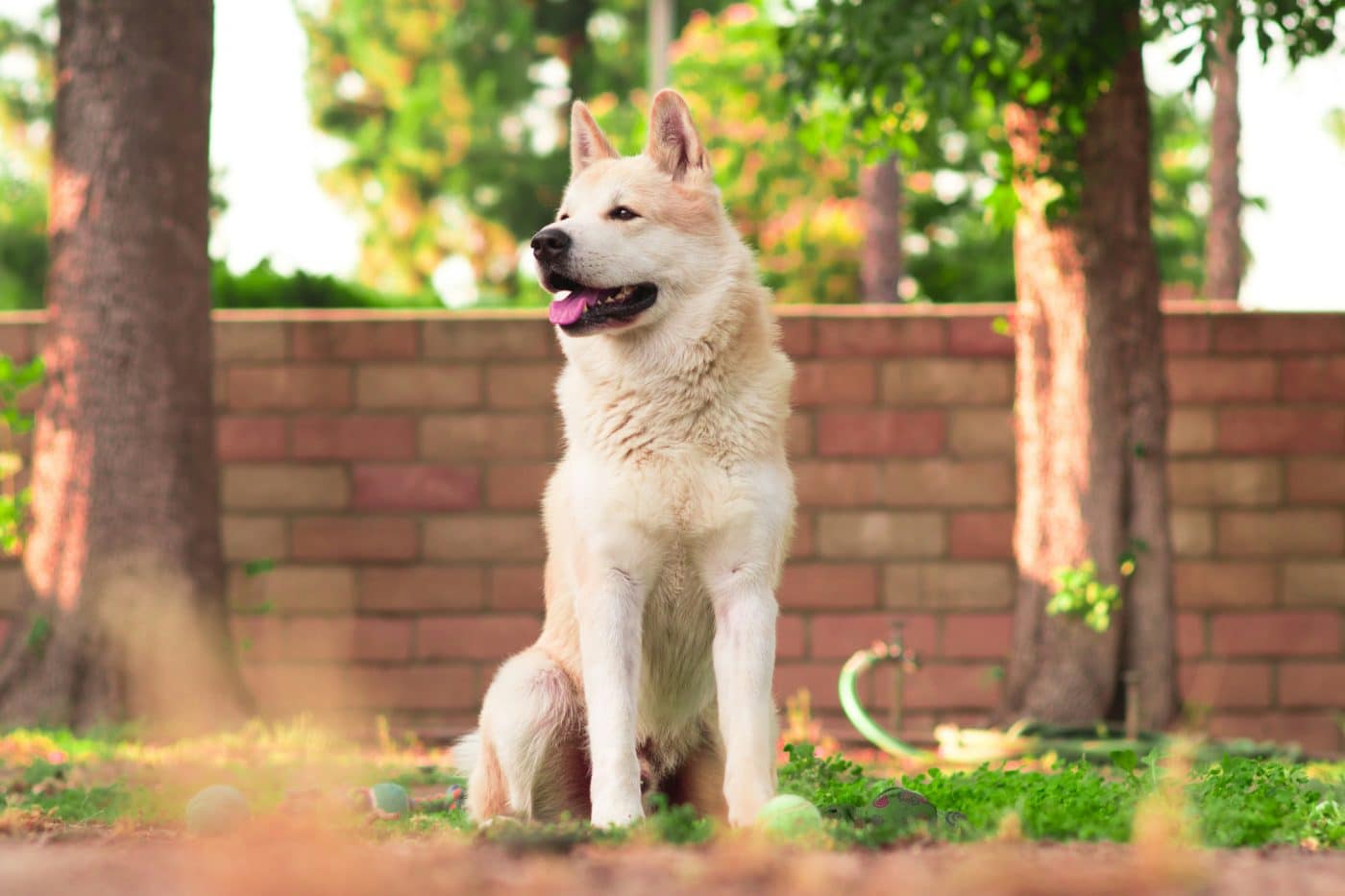 Shutterstock
Shutterstock
Though a Japanese breed, the Akita’s ancestors made it to Rome via trade and exploration. Their loyalty and formidable guarding instincts made them valuable to Roman soldiers and dignitaries. Romans were fascinated by exotic breeds, and the Akita’s large size and bravery earned them admiration. Today, Akitas continue to embody quiet strength and unwavering devotion, likely still dreaming of imperial duties.
Scottish Deerhound
 Shutterstock
Shutterstock
Romans encountered the ancestors of the Scottish Deerhound while in Britain and were immediately impressed by their hunting prowess. These lanky, majestic hounds were used for hunting large game and earned their place among noble Roman hunting parties. Their calm nature and regal posture didn’t go unnoticed. Fast forward to now, and they still look like they belong draped across a Roman chaise lounge, judging your toga.
Dalmatian
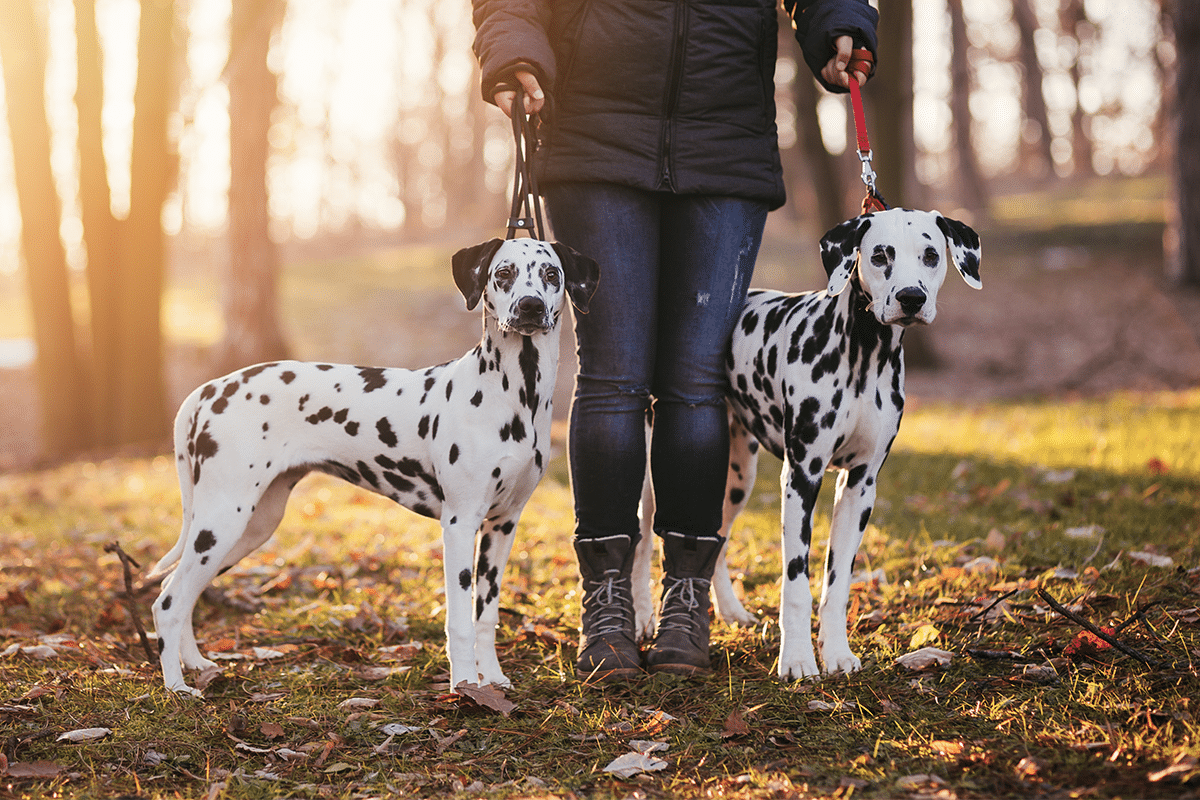 Shutterstock
Shutterstock
With their origins likely rooted in the Dalmatian coast of ancient Illyria, Dalmatians gained popularity in Rome for their striking appearance and guard dog capabilities. Romans admired their loyalty and stamina, often using them to protect stables and homes. They were also employed as war dogs and firehouse mascots before that was cool. Today, they still bring the drama—and the spots—to every walk they take.
Tibetan Mastiff
 Shutterstock
Shutterstock
These enormous, lion-like dogs were rare and exotic treasures when introduced to Roman society through eastern trade. Romans appreciated their power, fluff, and “do not mess with me” energy. Though not common in everyday Roman households, elite Romans who could afford them showed them off. These days, Tibetan Mastiffs still look like they belong on a marble pedestal somewhere, demanding grapes and silence.
Basenji
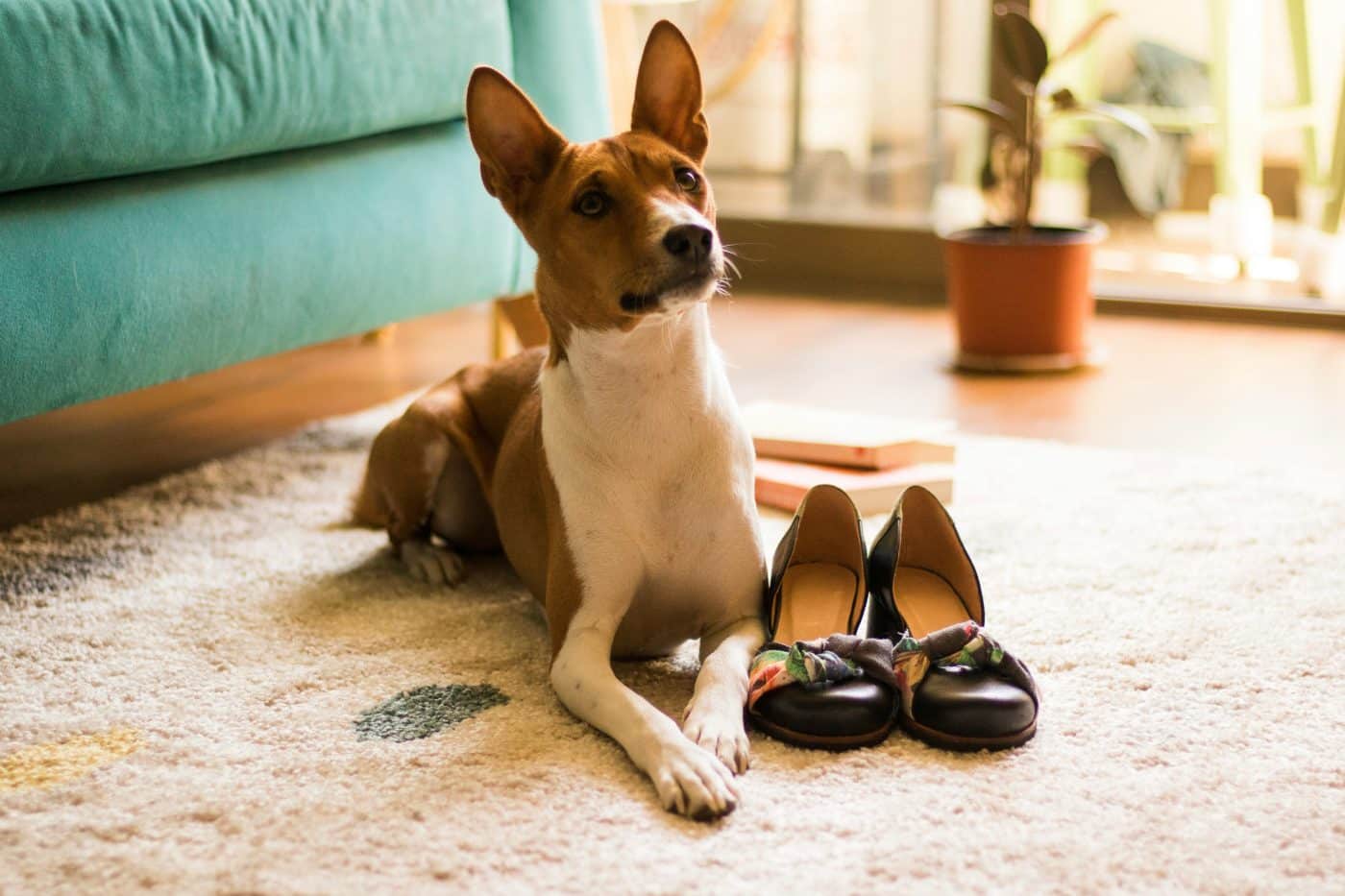 Shutterstock
Shutterstock
Small, sleek, and silent, the Basenji was introduced to Roman society via trade with Africa. Its barkless nature and cat-like cleanliness intrigued Roman scholars and aristocrats. Romans kept them as exotic pets and admired their hunting skills. Today’s Basenjis still act like aloof little philosophers, just with more squeaky toys.
Briard
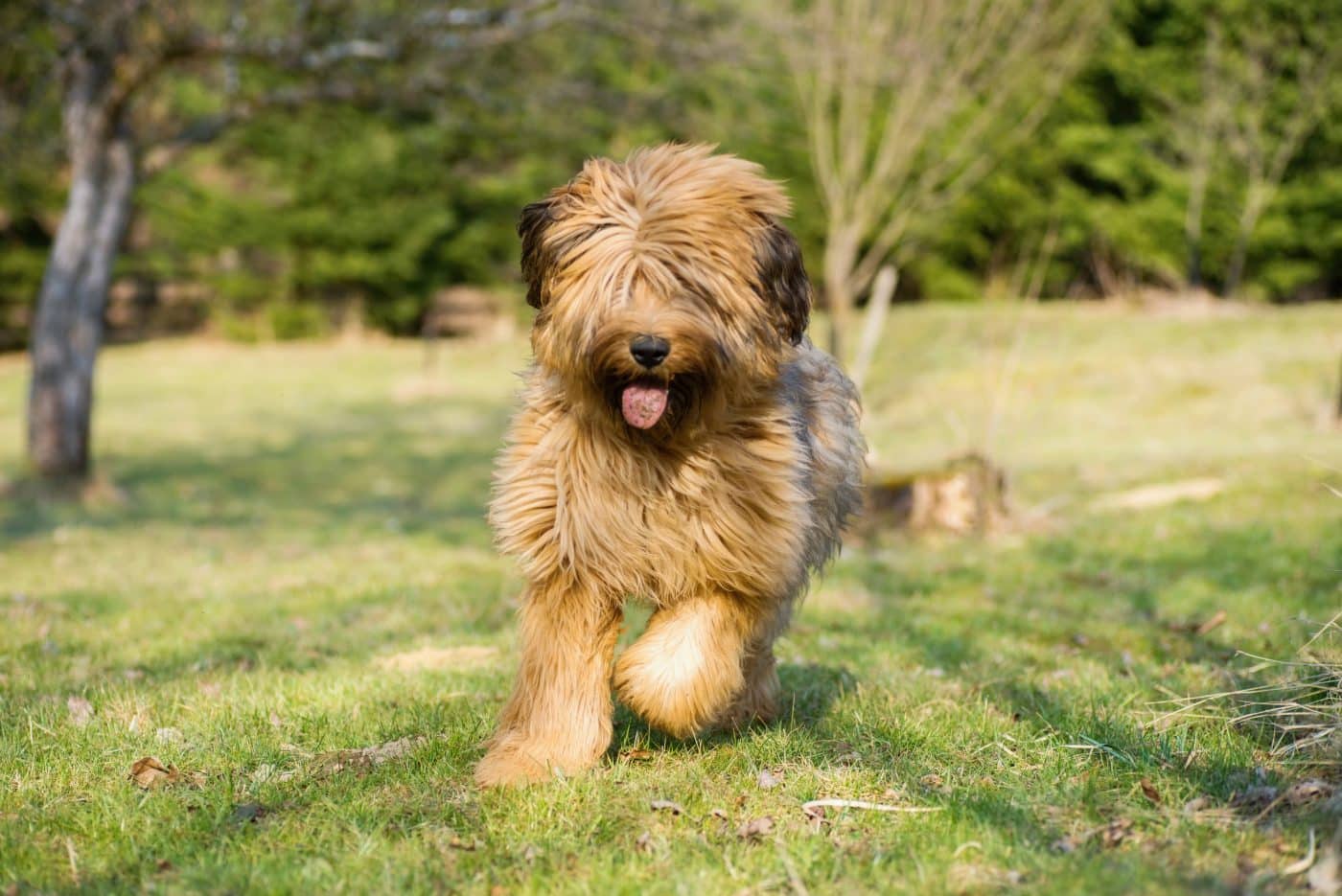 Shutterstock
Shutterstock
The Romans encountered the early ancestors of the Briard during their incursions into Gaul (modern-day France). These shaggy herding dogs were valued for their loyalty, strength, and excellent instincts with livestock. Roman farmers and military encampments made good use of such dependable dogs to manage flocks and protect camps. Over time, the breed evolved but kept its loyal heart and majestic mop of fur. Today’s Briards still look like they’re guarding sheep—or a 2,000-year-old Roman vineyard.
Pharaoh Hound
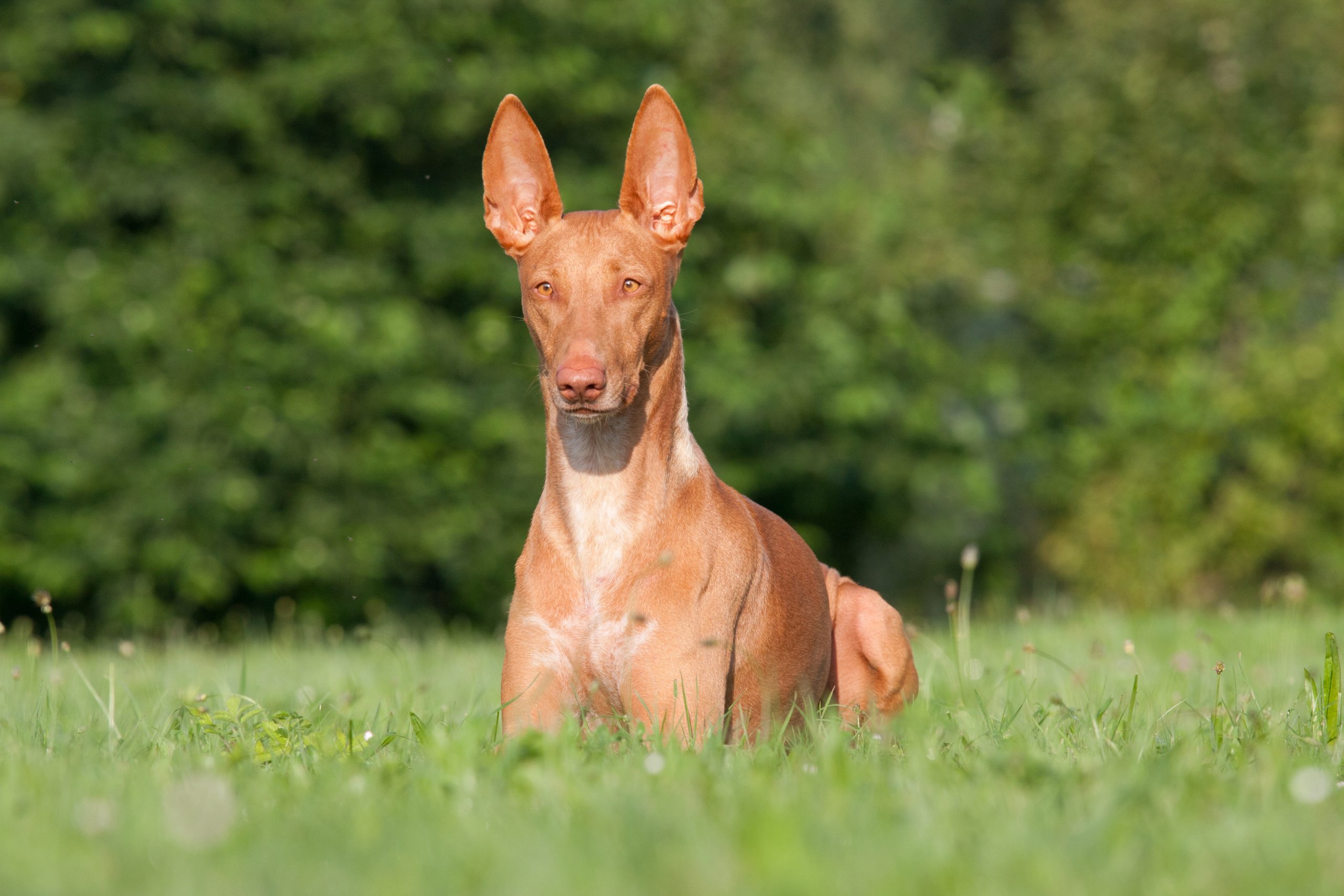 Shutterstock
Shutterstock
Though native to Malta, the Pharaoh Hound is closely related to ancient Egyptian hunting dogs that fascinated Romans. They were admired for their athleticism, intelligence, and regal demeanor, often used for rabbit hunting and guarding estates. Romans saw them as noble and somewhat mystical. Nowadays, they still hold their heads high, probably wondering why you haven’t addressed them as “Your Grace.”
Irish Wolfhound
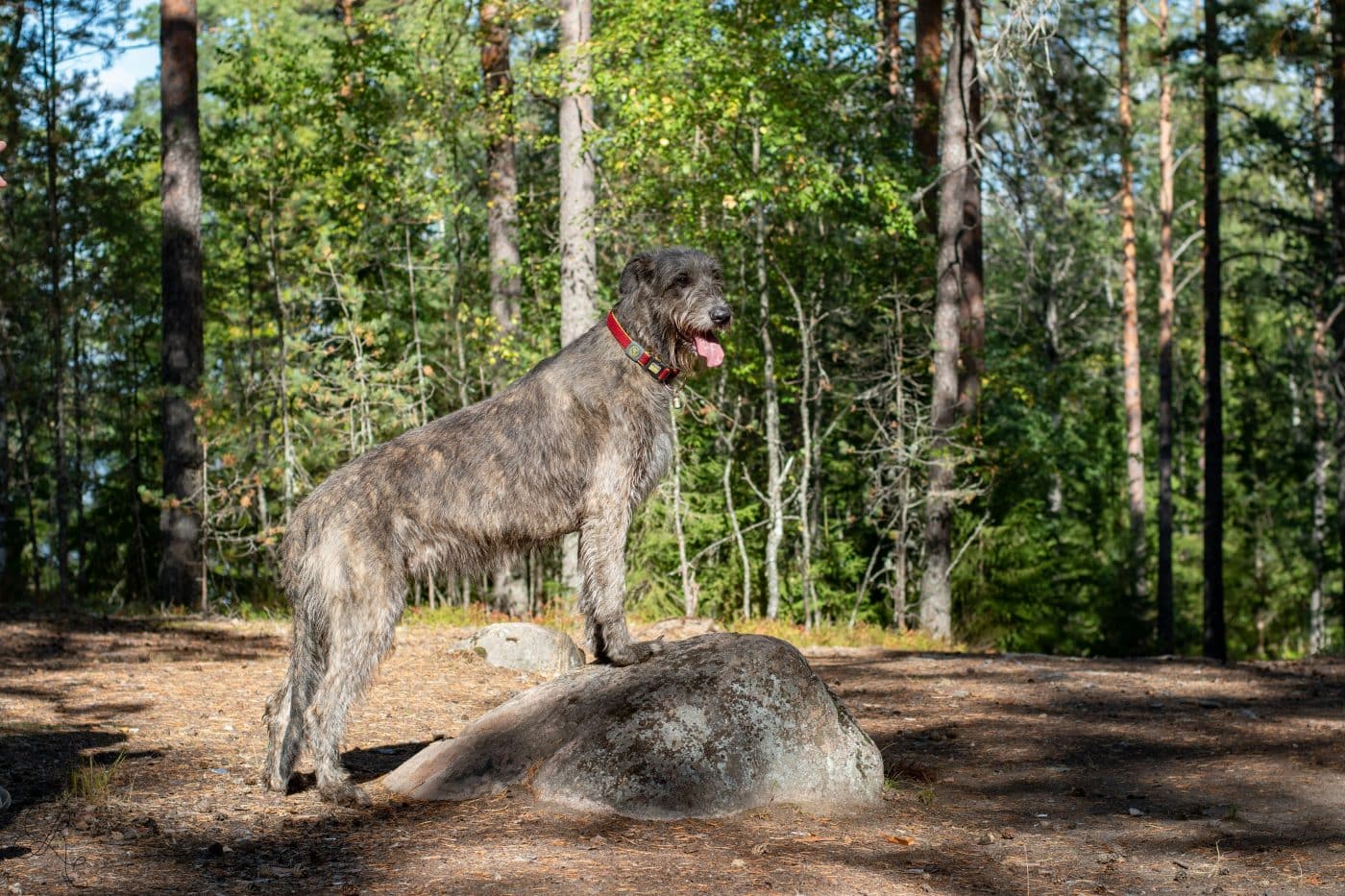 Shutterstock
Shutterstock
Introduced to Roman soldiers during their conquest of the British Isles, the Irish Wolfhound immediately earned a legendary reputation. These enormous dogs were used to hunt wolves and fend off enemies—the bodyguards of the ancient world. Emperors were known to accept them as tribute and keep them for protection and show. Today’s Wolfhounds remain gentle giants, though they still look like they could take on a lion if you asked nicely.
Sit, Stay, and Conquer the Empire
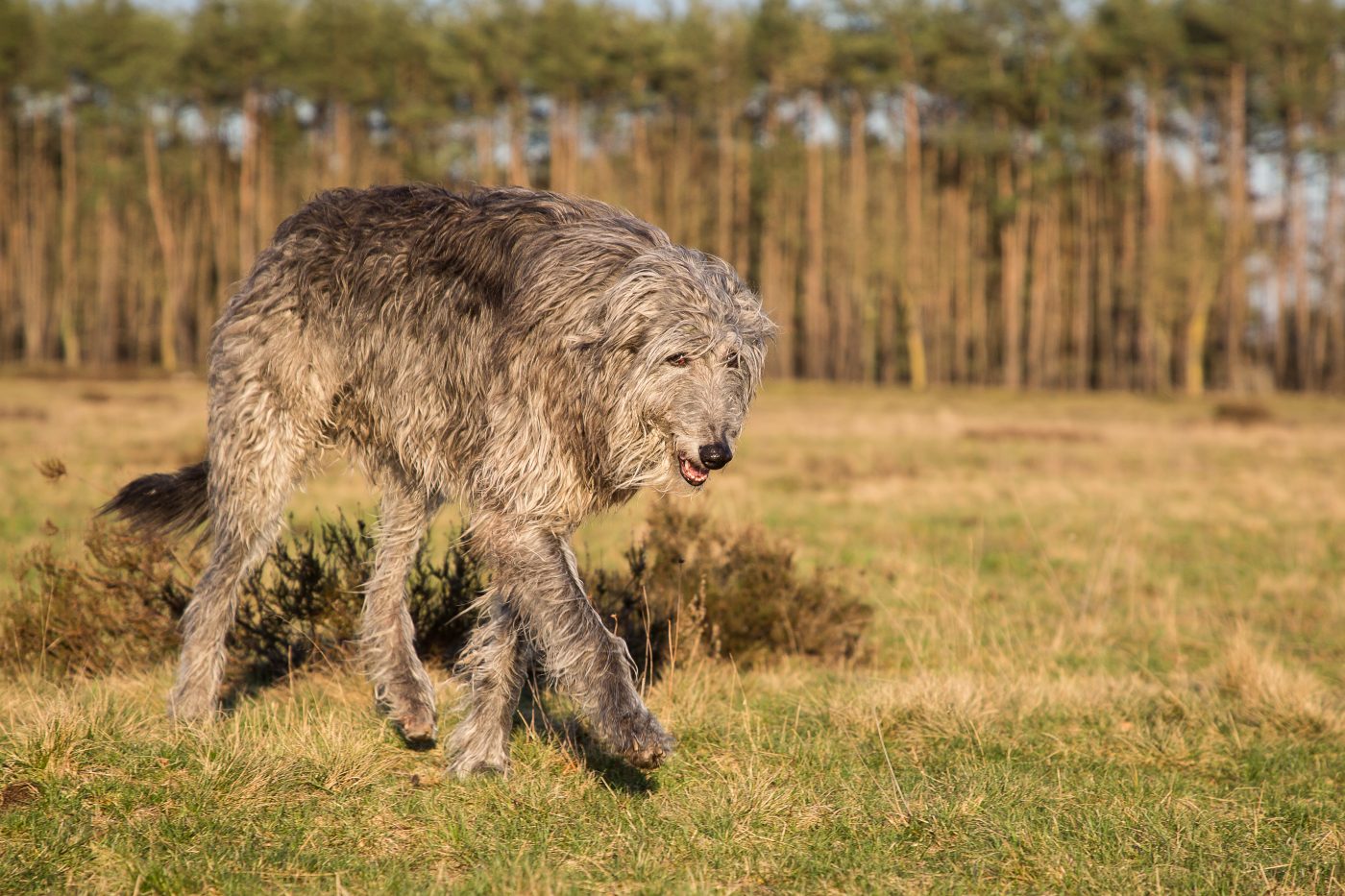 Shutterstock
Shutterstock
The noble, powerful, and sometimes fabulously fluffy dog breeds that once strutted the streets of ancient Rome and somehow made it through history without trading in their dignity for TikTok fame. Whether they were chasing wild boar, guarding emperors, or napping in the lap of a senator, these pups have earned their place in the history books—and our homes. So next time your dog barks at a passing squirrel, just remember—they might be channeling their inner Roman gladiator. Or maybe they just want a biscuit.

 18 hours ago
4
18 hours ago
4





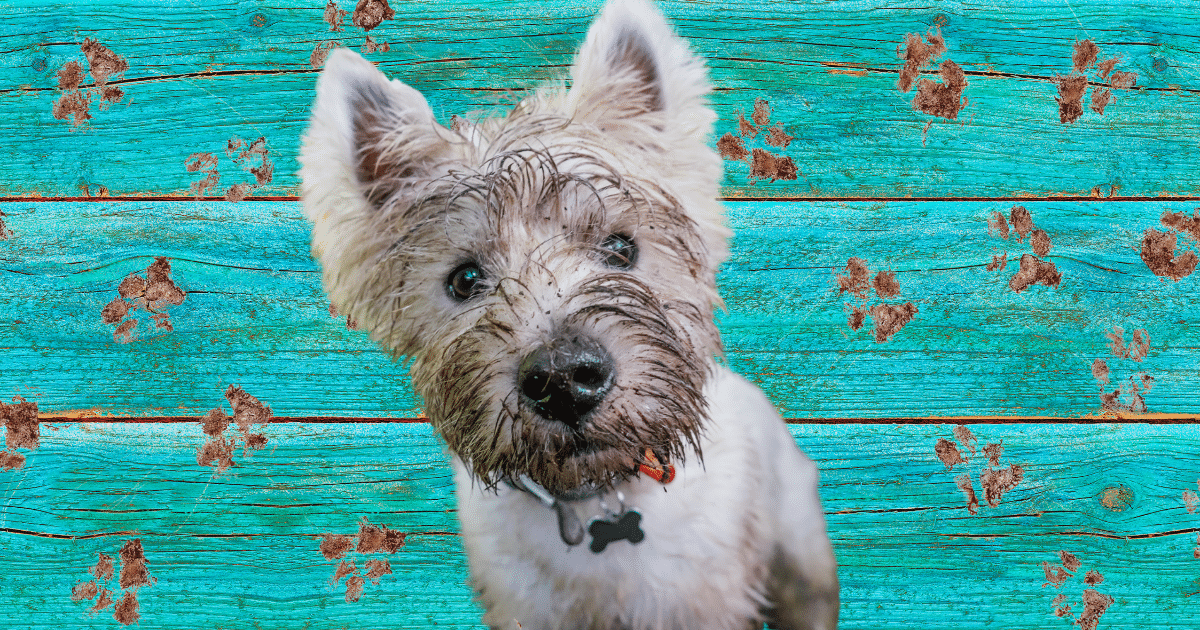

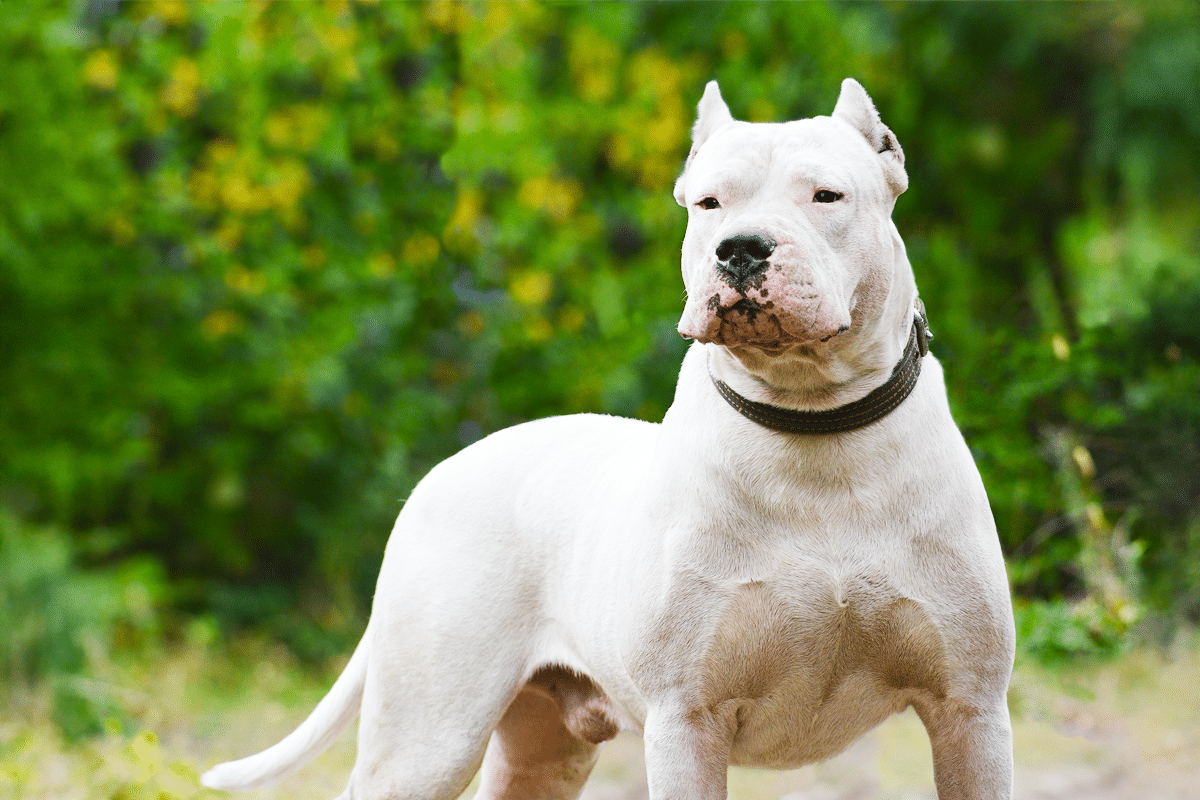
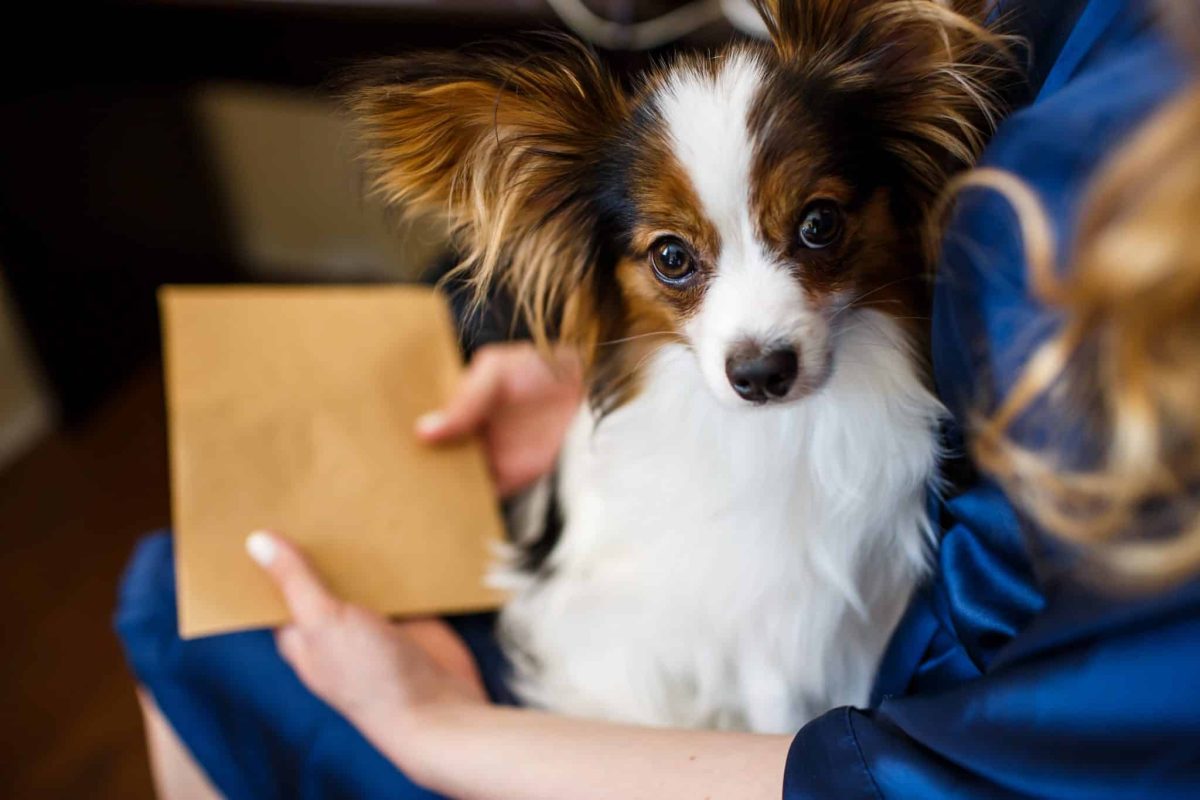









 English (US) ·
English (US) ·